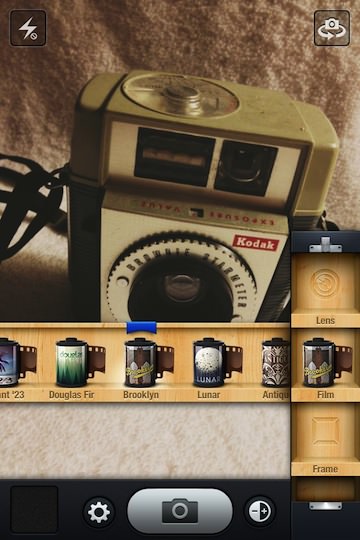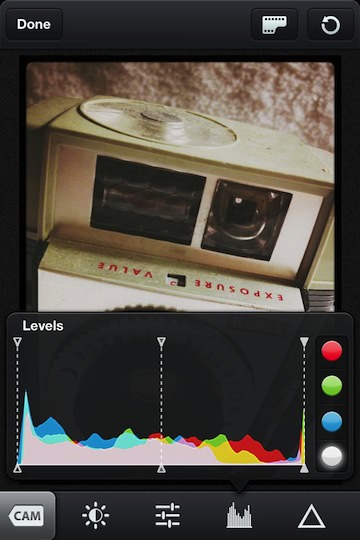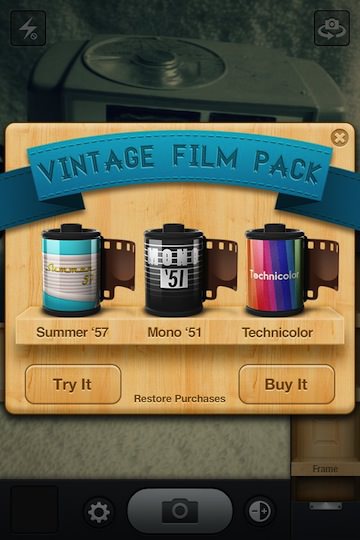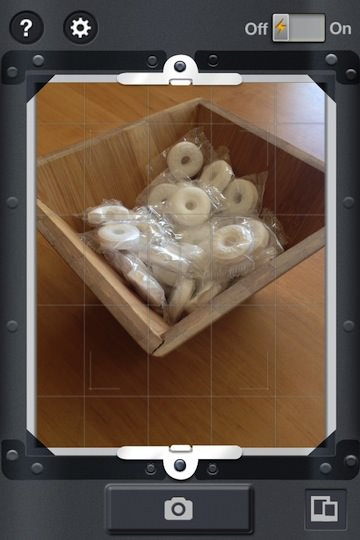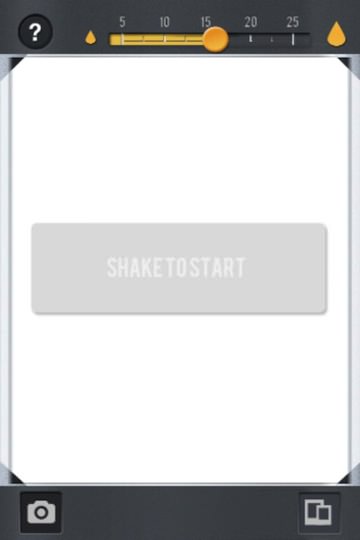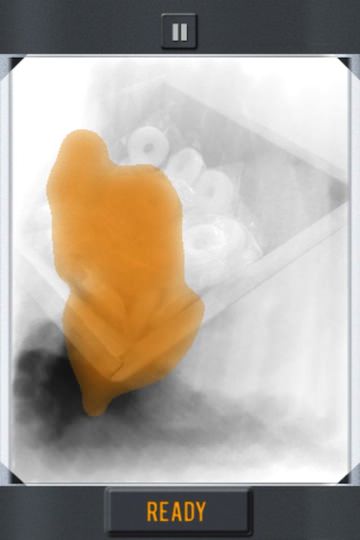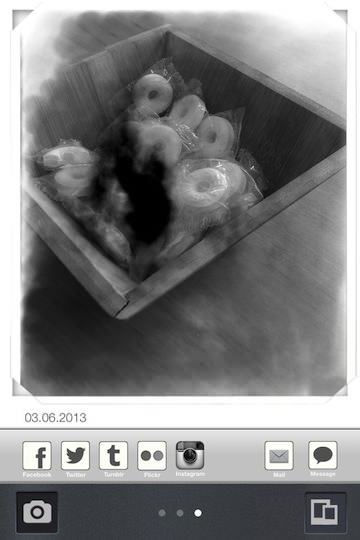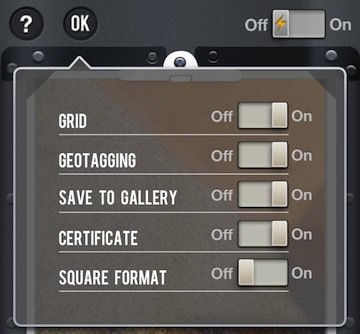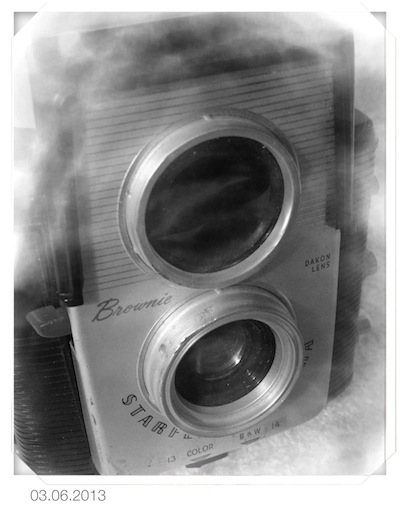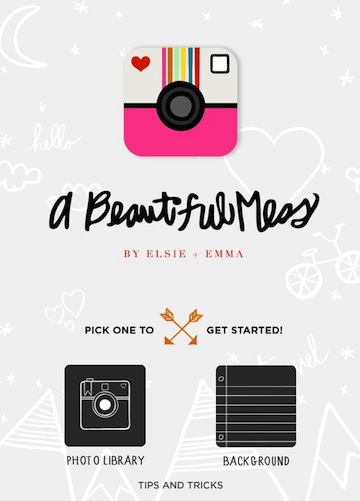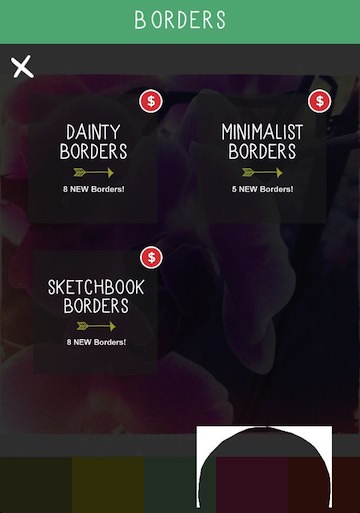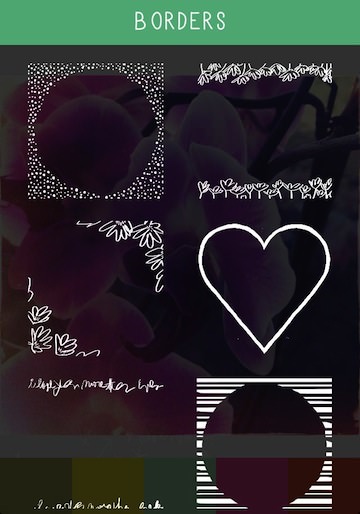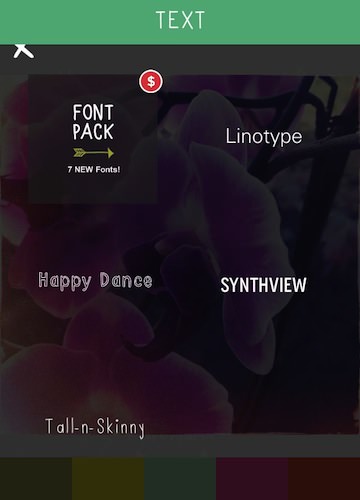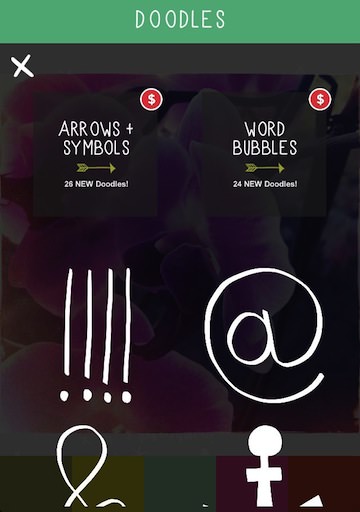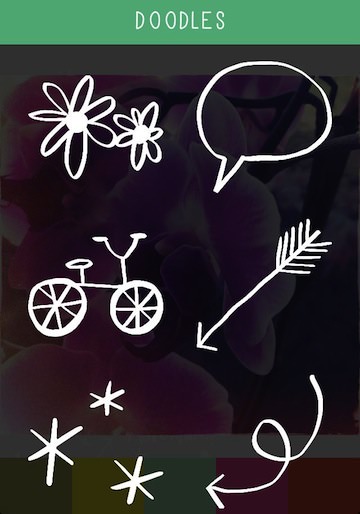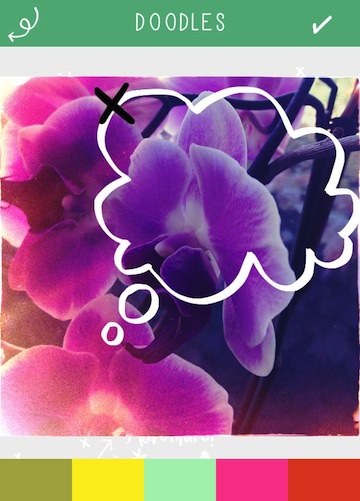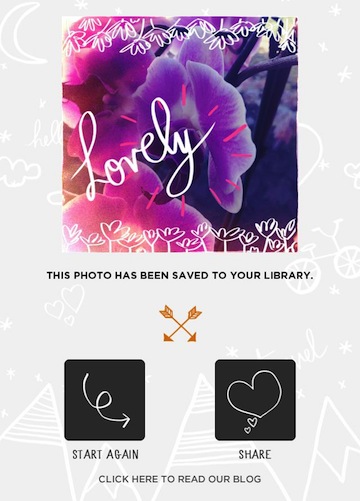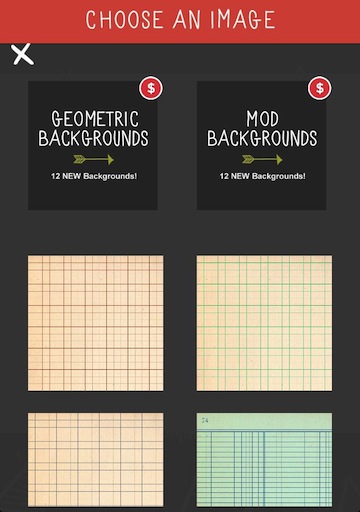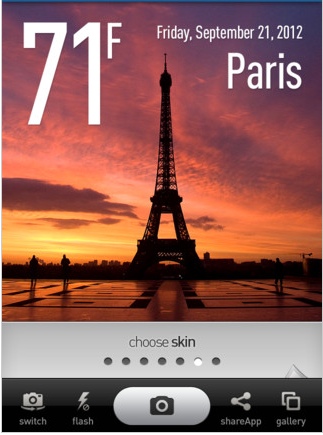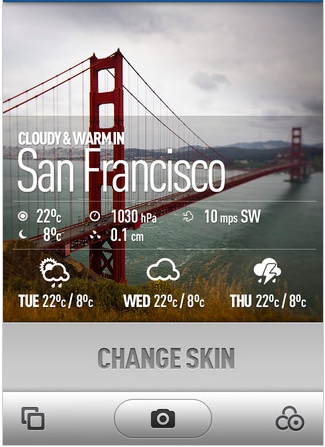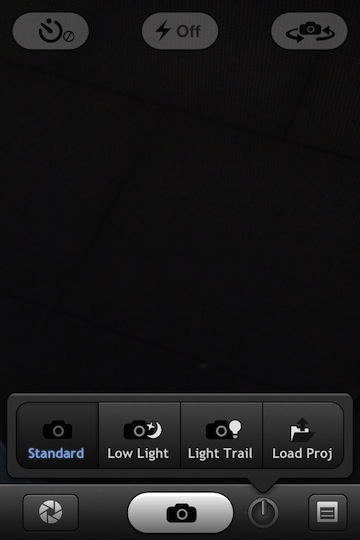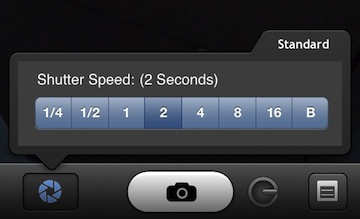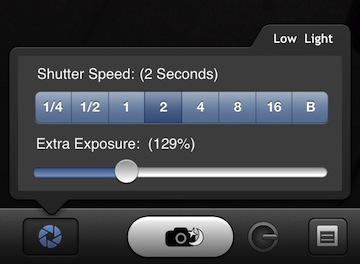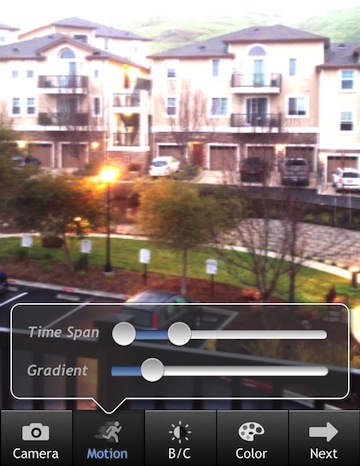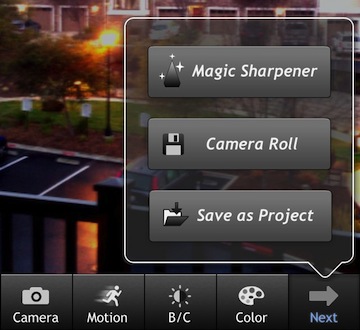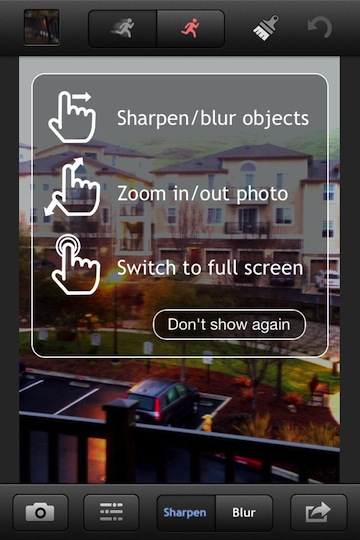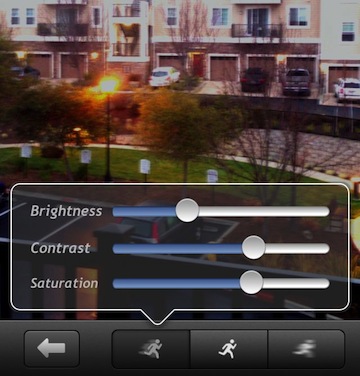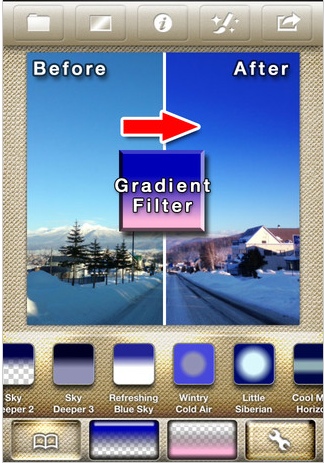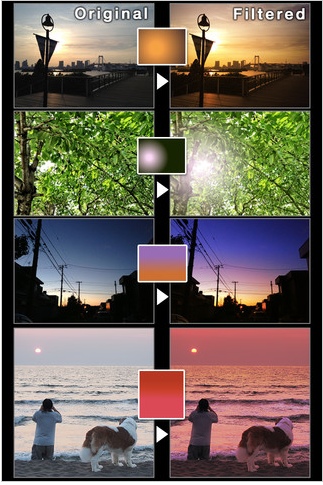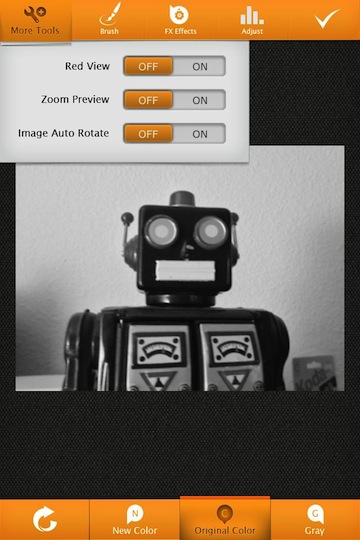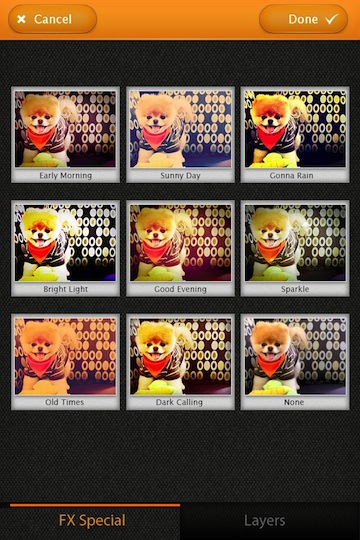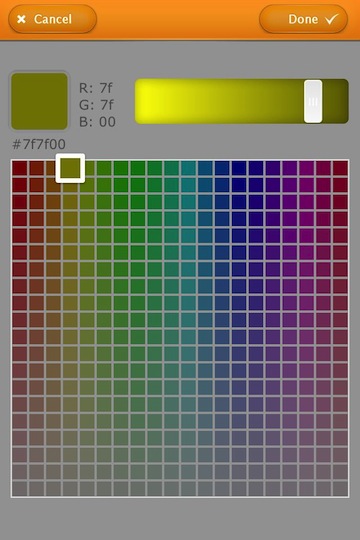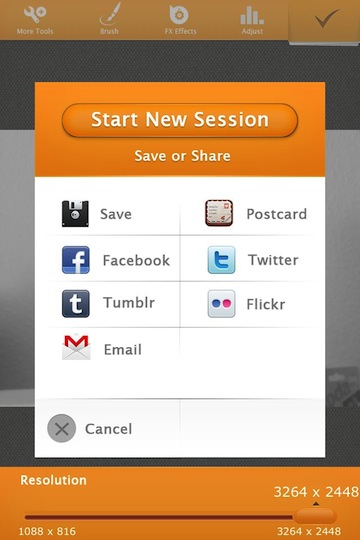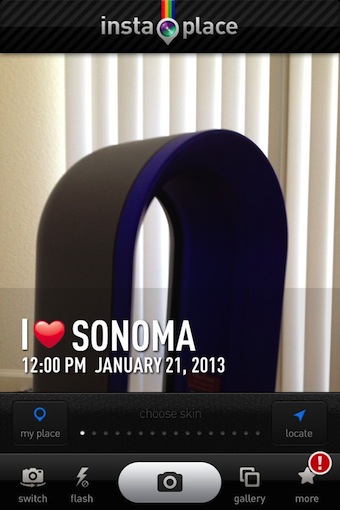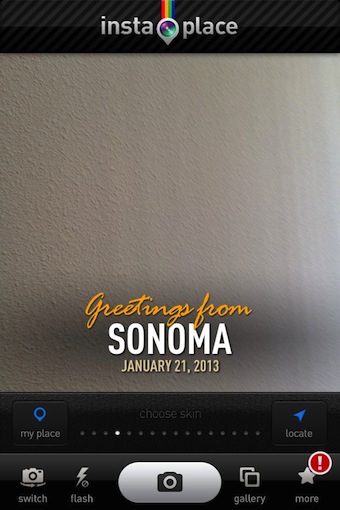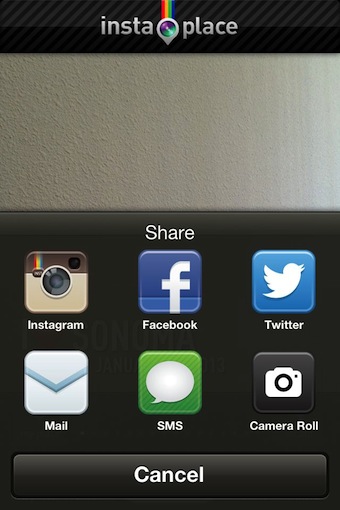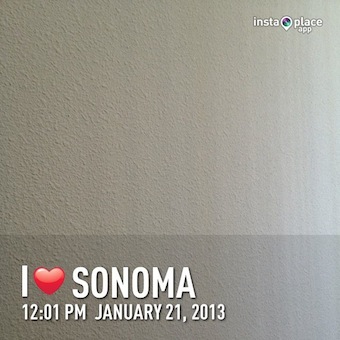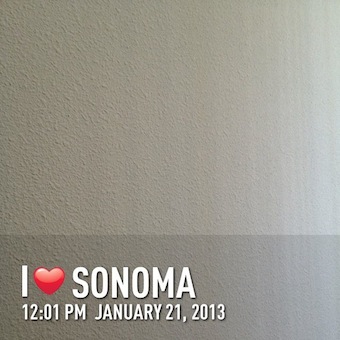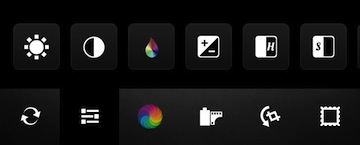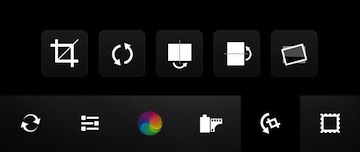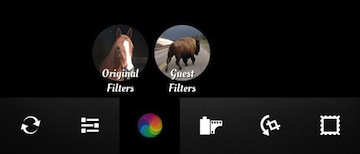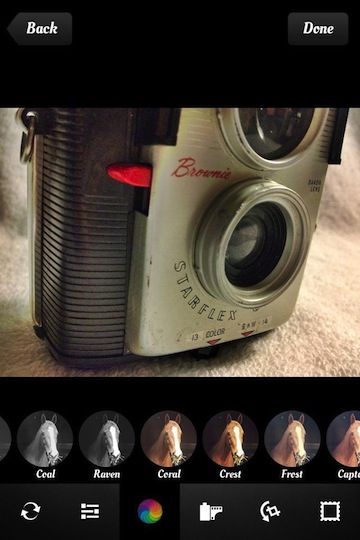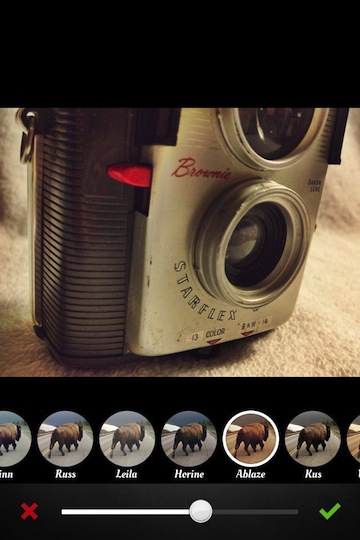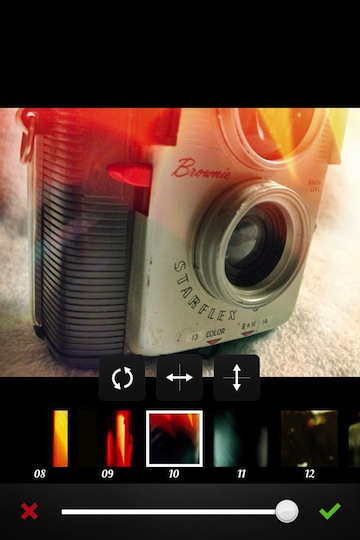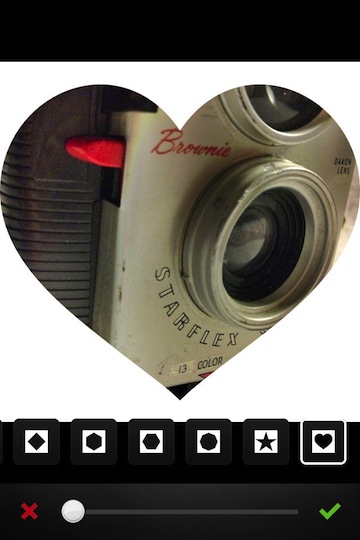A quiet announcement happened today that many iPhone photographers may have missed. On GhostBird Software’s Web site is a page of text explaining that the development team has joined Yahoo to work with the Flickr team. The company is best known for PhotoForge, PhotoForge2 and KitCam. The last two has gotten a lot of press as well I covered it in the past. The apps all had lost of power for editing iPhone photos. More than just filters (arranged as ‘lenses’ and ‘film’), there was also fine tuning adjusters too.
The majority of the filters where an extra charge. The app as it was initially loaded onto your iPhone did a few things, but to get the full potential realized, a person had to spend some bucks for the extra bits.
From the GhostBird Software site, you can continue to use the software but the team will not be working on it anymore so it will interesting to see how the apps fit into the future iOS7 world. While people new to the apps wont be able to purchase, current owners can always reload the last copy they had updated to via iTunes unless deleted from there too.
“If you already have the KitCam or PhotoForge2 apps on your devices, you will be able to continue to use them in their current versions. However, we will not continue to update the apps as future versions of iOS are released. Anyone who previously purchased GhostBird Software’s apps, including KitCam and PhotoForge2, will be able to re-download those apps through iCloud. As of today, KitCam and PhotoForge2 are no longer available for download from the App Store.”
A few screen shots from KitCam as a reminder of the apps capabilities. How much of this will appear in a future Flickr iPhone app?
